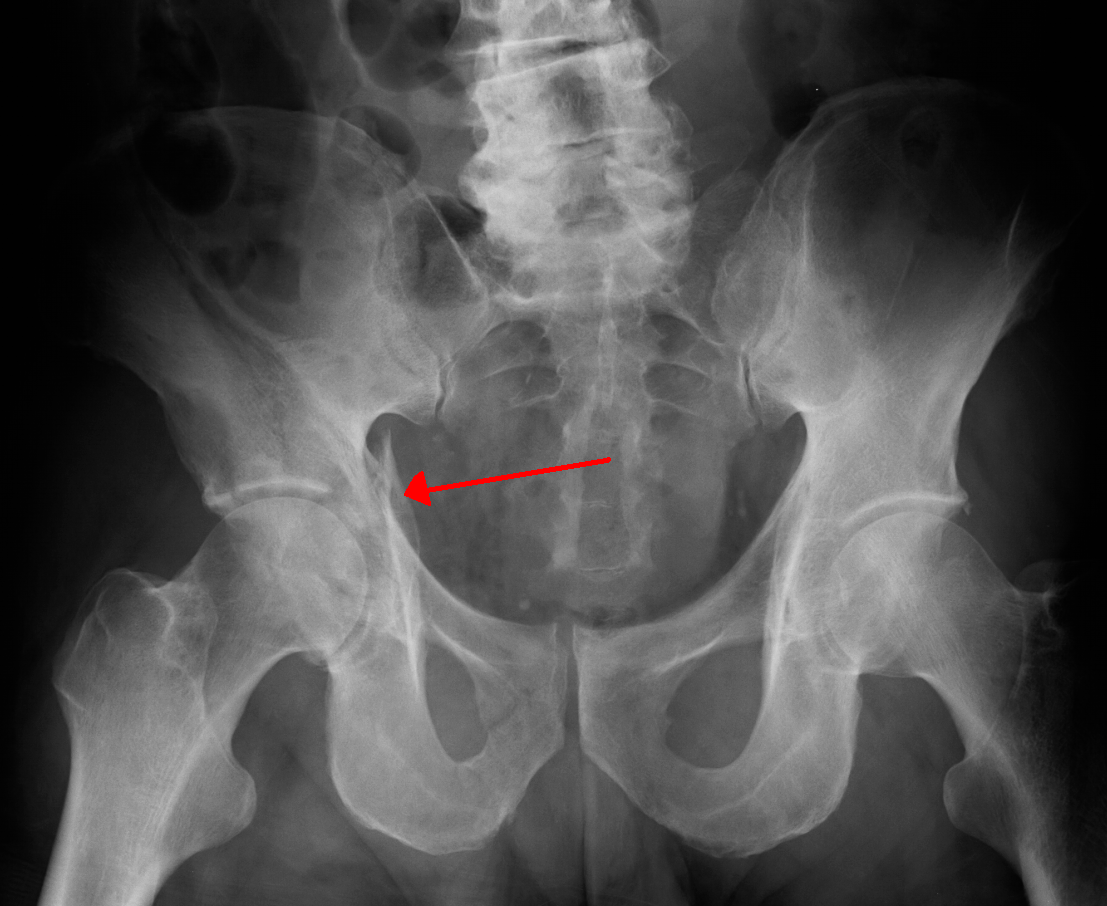Osteoporosis is very common in older persons. Usually it is the result of aging, but it can also be caused by a medical condition known as hyperparathyroidism. While osteoporosis is not painful, the
potential for debilitating or life threatening related conditions is great. Read below for clarification of this point...
Here are some facts and figures from The International Osteoporosis Foundation:
potential for debilitating or life threatening related conditions is great. Read below for clarification of this point...
 |
| Fracture of the hip |
Here are some facts and figures from The International Osteoporosis Foundation:
It is estimated that over 200 million women have osteoporosis. That’s more than the combined populations of the Germany, the United Kingdom and France!
In fact, every three seconds a bone will break, somewhere in the world, because of this disease.
Many people won’t know they have osteoporosis until their first fracture, which is why it’s called the ‘silent disease’. Even after a break, it often goes untreated.
Worldwide, one in three women and one in five men over the age of fifty will experience an osteoporotic fracture.
Fractures are usually painful; they can be debilitating depending on the type of fracture in question.
Hip fractures are associated with a high rate of mortality because they affect a person's mobility; as such, there is an increased risk of the development of blood clots, and ultimately, death.
Aside from calcium and vitamin D supplementation, along with weight bearing exercise, the most common treatment for osteoporosis is a class of drugs known as bisphosphonates. You may have heard of some brand names of these products-- for example Fosamax®, Boniva®, and Actonel®.
A recent study conducted at UCLA found that the bisphosphonate class of drugs actually does more harm than good in treating osteoporosis. The study also found that patients with hyperparathyroidism did much better after surgical removal of the parathyroid glands instead of taking these medications.
This is another example of how less medication can be better in the long run!
You can read a news release about this study by clicking here.
Sources: UCLA Newsroom; International Osteoporosis Foundation; Wikimedia
Sources: UCLA Newsroom; International Osteoporosis Foundation; Wikimedia
Comments
Post a Comment